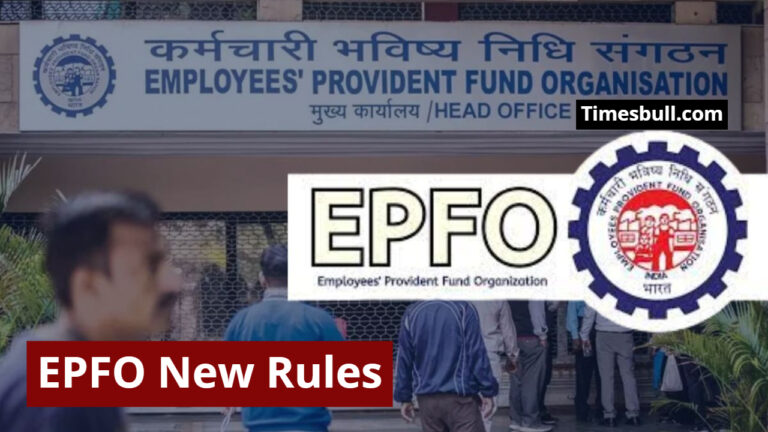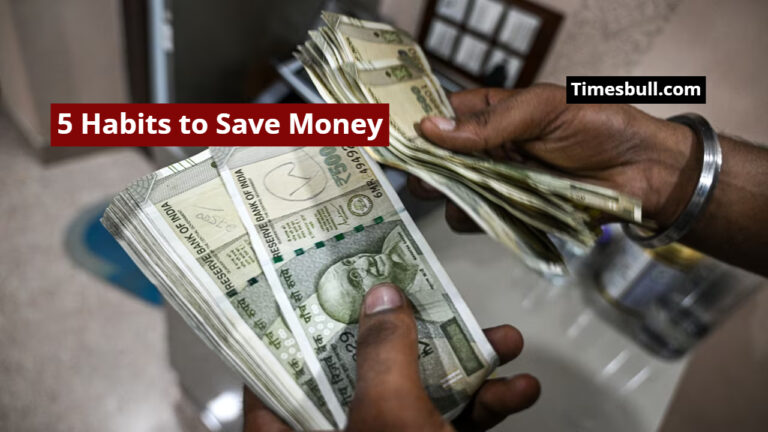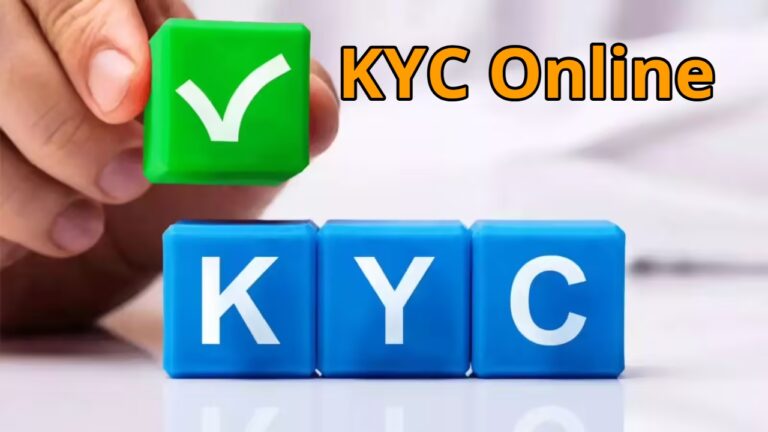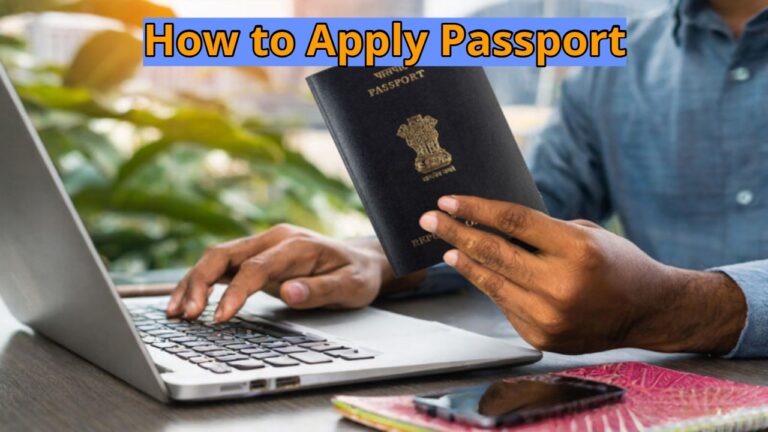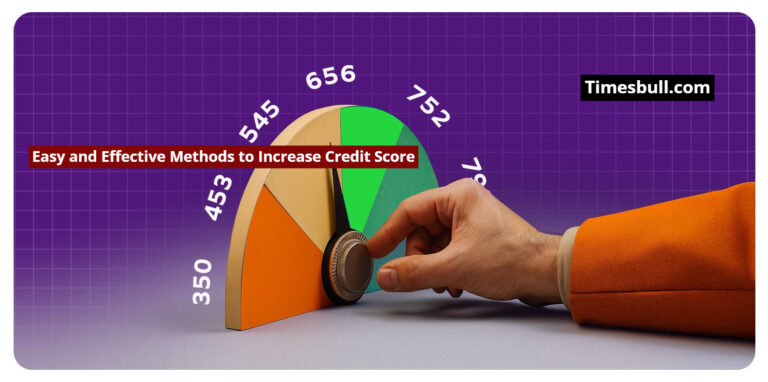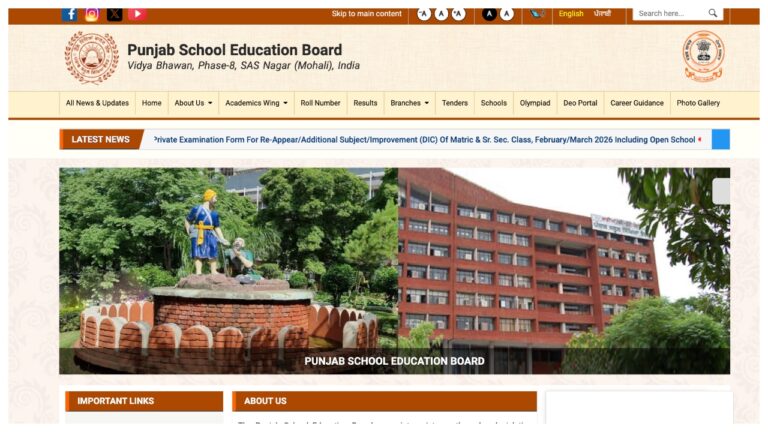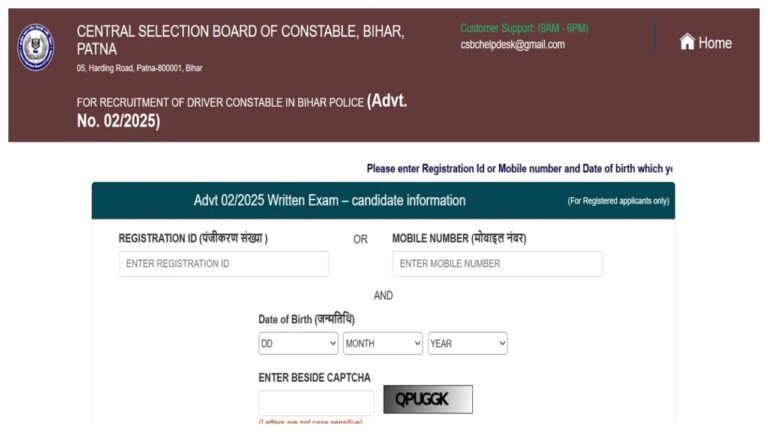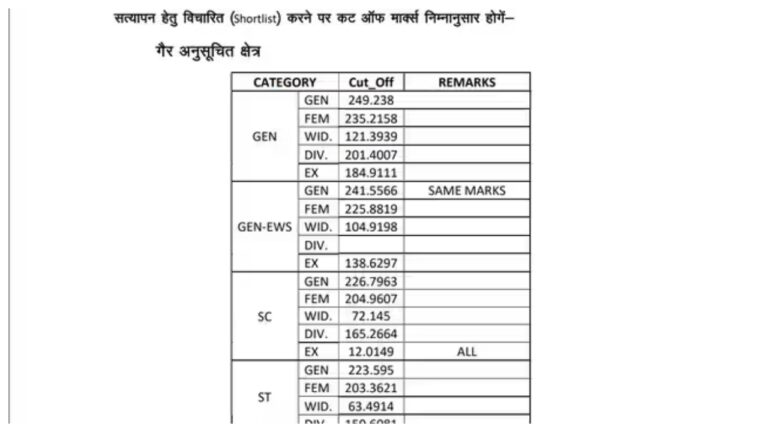Car Price: When you notice an inviting price label in a showroom, it appears to be a good bargain. But the actual on-road price takes you by surprise once you begin paperwork. Why does the cost hike so mysteriously high, and where does that excess money go? Let us analyze this in plain words.
What is Ex-Showroom Price?
Ex-showroom price refers to the fundamental price determined by a dealer or a producer. It tends to appear in brochures, advertisements or on the internet. Some of the main things included in this price are manufacturing cost, taxes, and dealer margin. Manufacturing cost refers to production, research, and logistics in order to put the car on sale.
What is On-Road Price?
On-road price is the amount of money paid at last before a car is legally fit to hit the road. It is always greater than the ex-showroom price since it includes additional costs and tax.
Road tax is one such additional, levied by state governments, ranging between 4 to 15 percent of the ex-showroom price. Its precise rate varies based on the type of fuel, size of the vehicle, and state policy. Similar to Delhi, cars priced below ₹10 lakh come with a 10 percent road tax, whereas pricier cars have 12.5 percent.
Registration and Insurance Costs
Each car needs to be registered in the local RTO at an expense between ₹5,000 to ₹20,000. This is for number plates and a registration certificate. Unless you have done this, you are not allowed to drive.
Insurance is another essential, mandatory under the Motor Vehicles Act 1988. There is a mandatory basic third-party policy, but most buyers opt for comprehensive coverage for greater protection against damage, theft, or natural disasters. Premiums can range from 2-3 percent of the ex-showroom cost, depending on the car model and driving record.
Other Extra Costs
Dealers can impose handling or logistic fees for transporting a vehicle from the factory to the showroom or delivering to buyers. The fees are negotiable, but most simply pay them without demur. Vehicles priced over ₹10 lakh also incur a 1 percent TCS charged by dealers on behalf of the government. Diesel vehicles even attract up to 25 percent green cess in some states.
Where Does the Money Go?
The additional amount between on-road and ex-showroom falls in someone’s pocket. Government takes taxes such as GST, road tax, TCS and green cess, which fund public services or road maintenance. Registration fees remain with RTOs, and insurance premiums with providers insuring damage risks. Dealerships retain handling fees, accessories, and maintenance package revenue. On-road prices are about 17 percent more than ex-showroom, depending on city or dealer.
How to Lessen This Difference
There are methods of controlling the price difference. You can compare insurance quotes, haggle over accessories, and cross-check handling charges with your dealer. At all times keep your budget in terms of the on-road price because that is what you have to pay actually before you can enjoy a drive.

